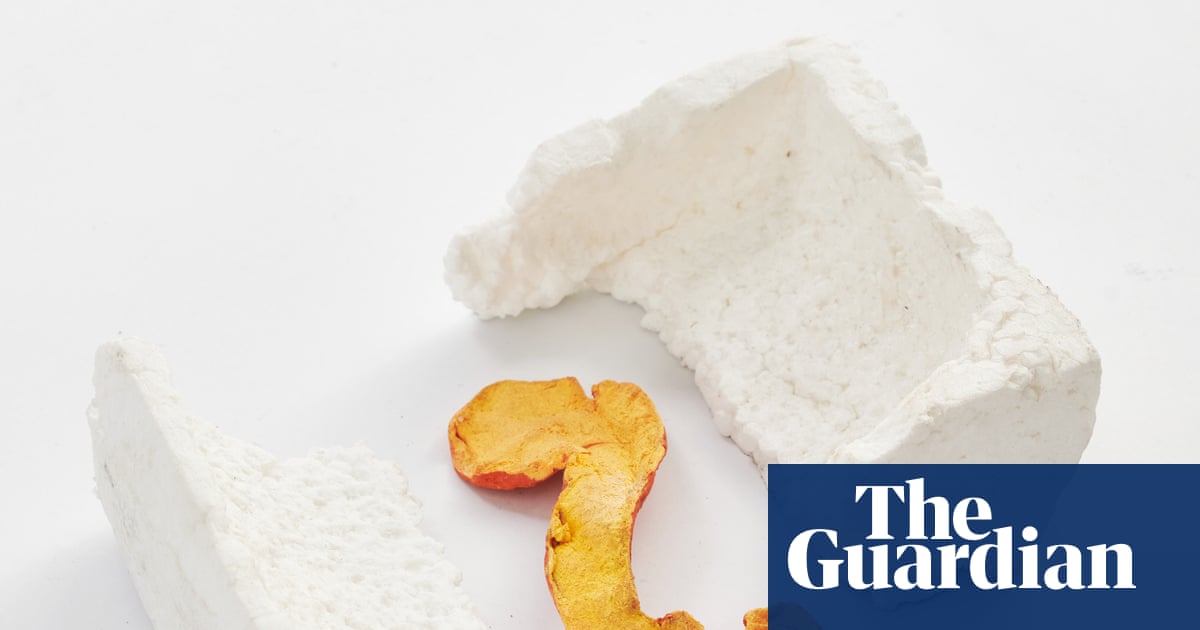
"On the second floor of Hany Armanious's exhibition at Buxton Contemporary in Melbourne, a curl of tangerine peel lies on a shelf, its yellowing, pithy insides facing upwards. It feels like it should be cleaned up, but it won't be. The rind is not rubbish discarded by a careless visitor: it's a perfect resin cast made by Armanious. Placed carefully around the gallery are resin recreations of other items more commonly seen in bins: a group of melted candles, blobs of Blu-Tack, crumbly chunks of polystyrene."
"These might seem unlikely subjects for an exhibition, but Armanious is one of several artists who have turned their eye to trash in recent years. Gavin Turk, Ai Weiwei, Susan Collis and Glen Hayward, among others, all go to similarly painstaking and often expensive lengths to recreate items that most people would not look twice at. Trompe l'il sculptures of rubbish have been exhibited in museums around the world and fetched high prices at galleries and auctions."
"They are undeniably playful, the artistic equivalent of is it cake?, the trend of bakers crafting lifelike replicas of everyday objects out of sponge and icing that swept TikTok, then reality TV. Armanious's creations are the latest in a long line of artworks connected to rubbish. Pablo Picasso and Georges Braque began incorporating scraps of wastepaper into their paintings in 1912. Five years later, Marcel Duchamp famously exhibited a porcelain urinal, an item manufactured to dispose of waste, as art."
Resin recreations of discarded items such as a tangerine peel, melted candles, Blu-Tack blobs and polystyrene chunks are displayed as sculptures. Several contemporary artists, including Gavin Turk, Ai Weiwei, Susan Collis and Glen Hayward, painstakingly replicate rubbish using costly materials and labor. These trompe l'oeil works have appeared in museums and commanded high auction prices, blurring distinctions between rubbish and art. The practise echoes historical precedents like Picasso and Braque's use of wastepaper in collage and Duchamp's readymade urinal, continuing a conversation about which objects merit attention and how artistic context reshapes value.
Read at www.theguardian.com
Unable to calculate read time
Collection
[
|
...
]